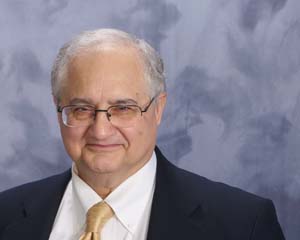Introduction to Distance Education: Formal Study of Distance Education
By: Dr. Farhad (Fred) Saba
Founder, Distance-Educator.com
With the advent of correspondence education, practice of distance education traces back to the 1800s. However, its formal study is relatively new. At the outset, scholars in Australia, Canada, Germany, the United Kingdom, and the United States began publishing referred scholarly journal articles about the field starting in the 1980s. The first issue of journal Distance Education, the official journal of the Open and Distance Learning Association of Australia Inc. (ODLAA), appeared in 1980. But it was not until 1987 that The American Journal of Distance Education commenced publication.
Currently, Distance-Educator.com lists sixty journals that are directly related to distance education or publish articles that are highly relevant to the field.
Although, since the 1980s, the literature of the field has grown tremendously the practice of distance education remains pragmatic and not generally informed by theory. In a decentralized field of practice it is perhaps not easy to infuse theory-based practice in the field. However, a new class of publications or journal articles are needed to bridge the gap between theory and practice.
Although since the 1980s the literature of the field has grown tremendously the practice of distance education remains pragmatic and not generally informed by theory
Pioneering scholars, such as, Desmond Keegan (Australia), Otto Peters (Germany), Borje Holmberg (Sweden), Charles Wedemeyer, and Michael G. Moore (The United States) Terry Anderson, and Randy Garrison (Canada) have made seminal contributions to a body of literature that constitute the core theories of distance education. Many other scholars have also contributed to the formal of study of the field. Their work is presented in Distance-Educator.com on a daily basis.
Understandably, early theorists were concerned with differentiating distance education from other fields of study.
Keegan required five characteristics for distance education. Schlosser, and Simonson (2006) summarized them in the following:
- The quasi-permanent separation of teacher and learner throughout the length of the learning process (this distinguishes it from conventional face-to-face education).
- The influence of an educational organization both in the planning and preparation of learning materials and in the provision of student support services (this distinguishes it from private study and teach-yourself programs).
- The use of technical media—print, audio, video or computer—to unite teacher and learner and carry the content of the course.
- The provision of two-way communication so that the student may benefit from or even initiate dialogue (this distinguishes it from other uses of technology in education).
- The quasi-permanent absence of the learning group throughout the length of the learning process so that people are usually taught as individuals and not in groups, with the possibility of occasional meetings for both didactic and socialization purposes.
Reference
Schlosser, L. A., and Simonson, M. (2006). Distance Education: Definition and Glossary of Terms, 2nd Edition (Unpublished Manuscript), Nova Southeastern University.









